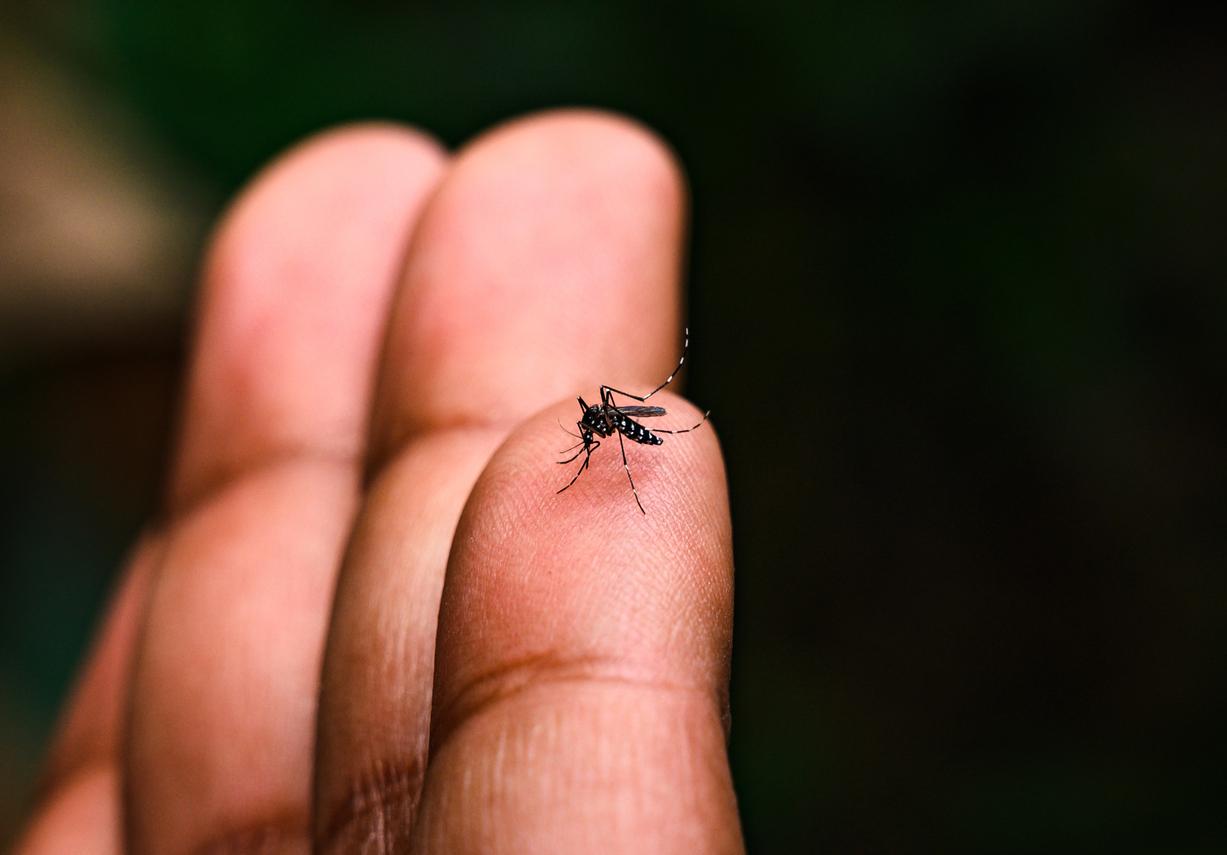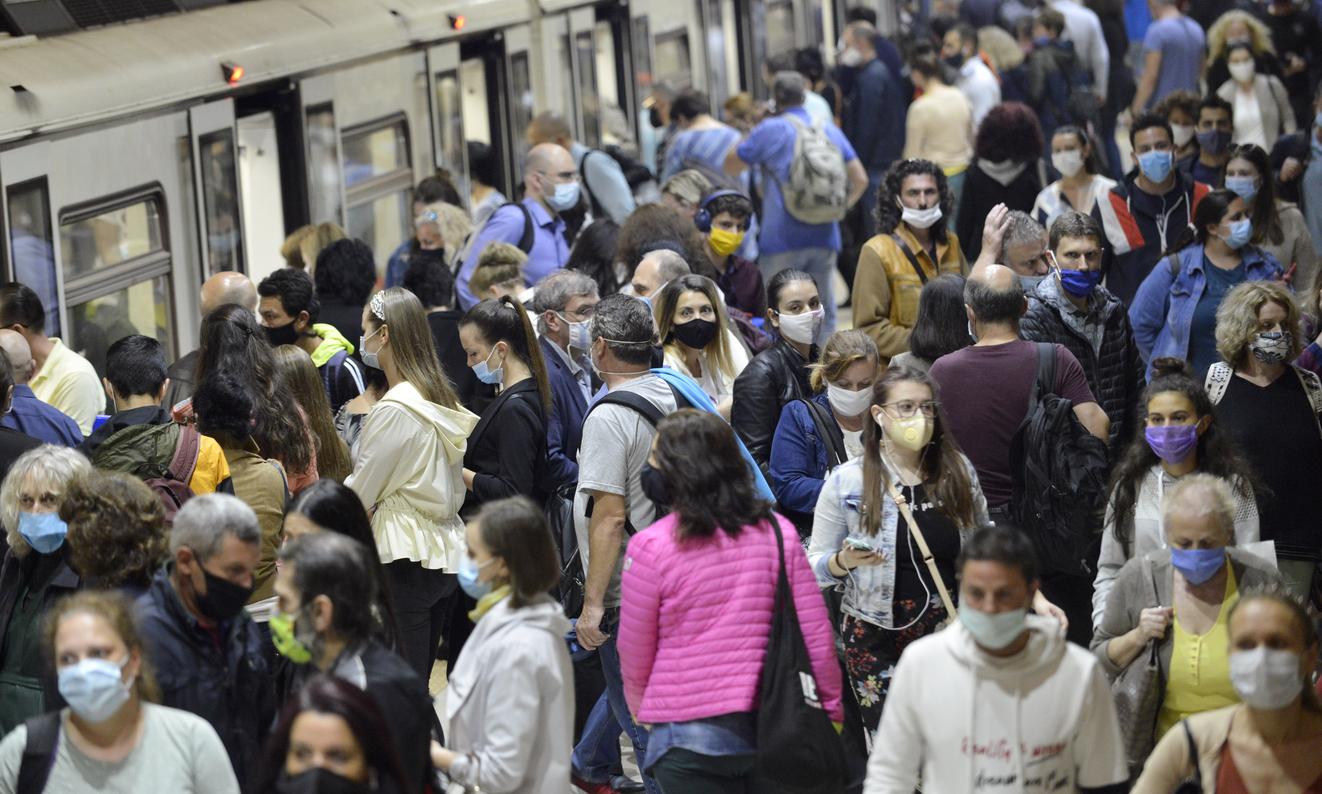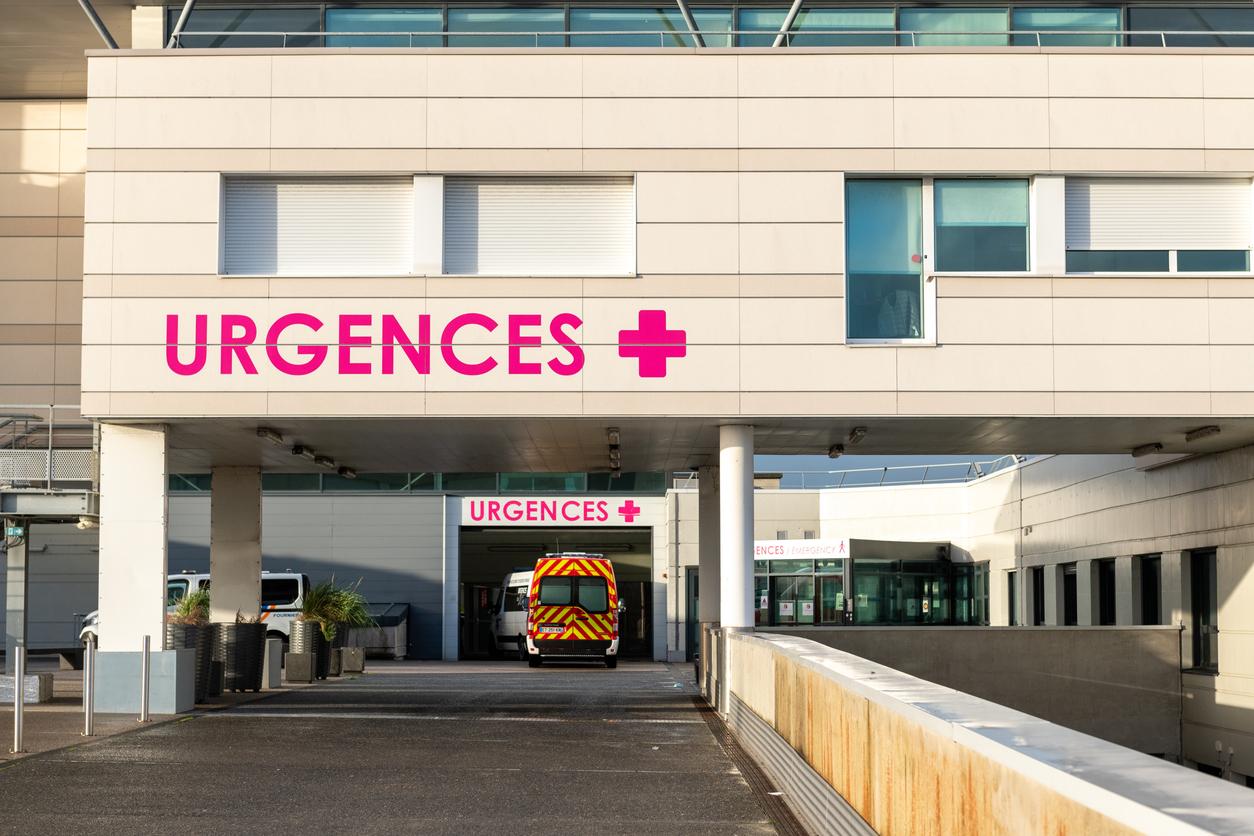As the city of Wuhan, home of the coronavirus epidemic in China, reopened its doors last Friday, health authorities are concerned about a possible return of the virus to their territory.

Is China about to suffer a second wave of coronavirus contamination? After 77 days of strict confinement, the city of Wuhan, where the pandemic that currently threatens the whole world started this winter, reopened on April 8. Since then, residents have again been allowed to leave their homes and move around under strict conditions. However, if life seems to be gradually resuming its course in the country, experts and health authorities are concerned about the return of the epidemic to the territory.
In the city of Suifenhe, located on the border with Russia, 79 new cases were recorded in the single day of Monday April 13. Now, the area of 70,000 inhabitants is confined and only one person per household can go out shopping, once every three days. Local authorities have also transformed an administrative building into a field hospital, capable of accommodating 600 patients, and the borders with Russia are closed. Since Friday April 10, the border with Burma, where 62 cases have been confirmed, has also been closely monitored by police and border guards.
Chinese authorities are also concerned about asymptomatic people, those who carry the virus in them but do not show symptoms such as cough, fever, migraines or breathing difficulties. On Tuesday April 14, 57 new asymptomatic cases were recorded, the largest increase in the two weeks that China began to identify them.
A full return to normal will take time
In all, 6,700 asymptomatic cases have been recorded in China since January 28, or 8% of cases. However, according to a study published on April 2 in the British Medical Journal, the figures would be much higher since four out of five cases would be asymptomatic in the country. Unfortunately, like everywhere, the lack of tests prevents to see very clearly.
In doubt, after discovering asymptomatic carriers in the city of Wuhan, the authorities placed 70 out of 7,000 residential neighborhoods in confinement. In the rest of the city, people are starting to go out with caution. On Friday April 8, the municipality of Wuhan warned that a full return to normal would take time. She called for no “slackening” and encouraged maintaining certain restrictions, limiting gatherings and continuing to wear a mask.
Since that date, more than 94,000 trips have taken place per day, but only people with a negative serological test for the virus are allowed to take the train to leave the city. Upon arrival in a new area, they must remain in quarantine for fourteen days. But even the tests are not 100% reliable: it happens that a patient tests negative when he is contaminated.
Also, China remains on its guard. Recently, a study published in The Lancet spoke of the difficulties the country would face once the lockdown is over. “Now that the time has come for deconfinement and the pandemic is global, China will have to watch out for a possible second epidemic wave. Indeed, other cases may be imported and relaunch the epidemic, given that the confinement and the absence of a vaccine have prevented herd immunity from occurring.the researchers noted.
Monitor R0 and severe case rate
“Cases could easily reappear as businesses, factory operations and schools gradually resume and increase social mixing, especially given the growing risk of imported cases from abroad as Covid-19 continues to spread across the country. whole world”warned Professor Joseph T Wu of the University of Hong Kong, co-author of the research.
“Massive testing must also continue to detect other potentially asymptomatic cases. This gives an image of what deconfinement will look like in France. Finally, to prepare for this probable second wave, China will have to, like every country at the time of deconfinement, monitor two parameters very closely: the R0 and the rate of serious cases.the researchers noted.
The R0 designates the basic rate of reproduction of the virus: if it exceeds threshold 1, the epidemic is likely to start again. The researchers point out in particular that it was during the second wave that the Spanish flu of the beginning of the 20and century has proven to be the deadliest. “Real-time monitoring of the effect of increased mobility and social mixing on the transmissibility of Covid-19 could allow policymakers to fine-tune control measures to interrupt transmission and minimize the repercussions of a possible second wave of infections”warned Professor Wu.
.















